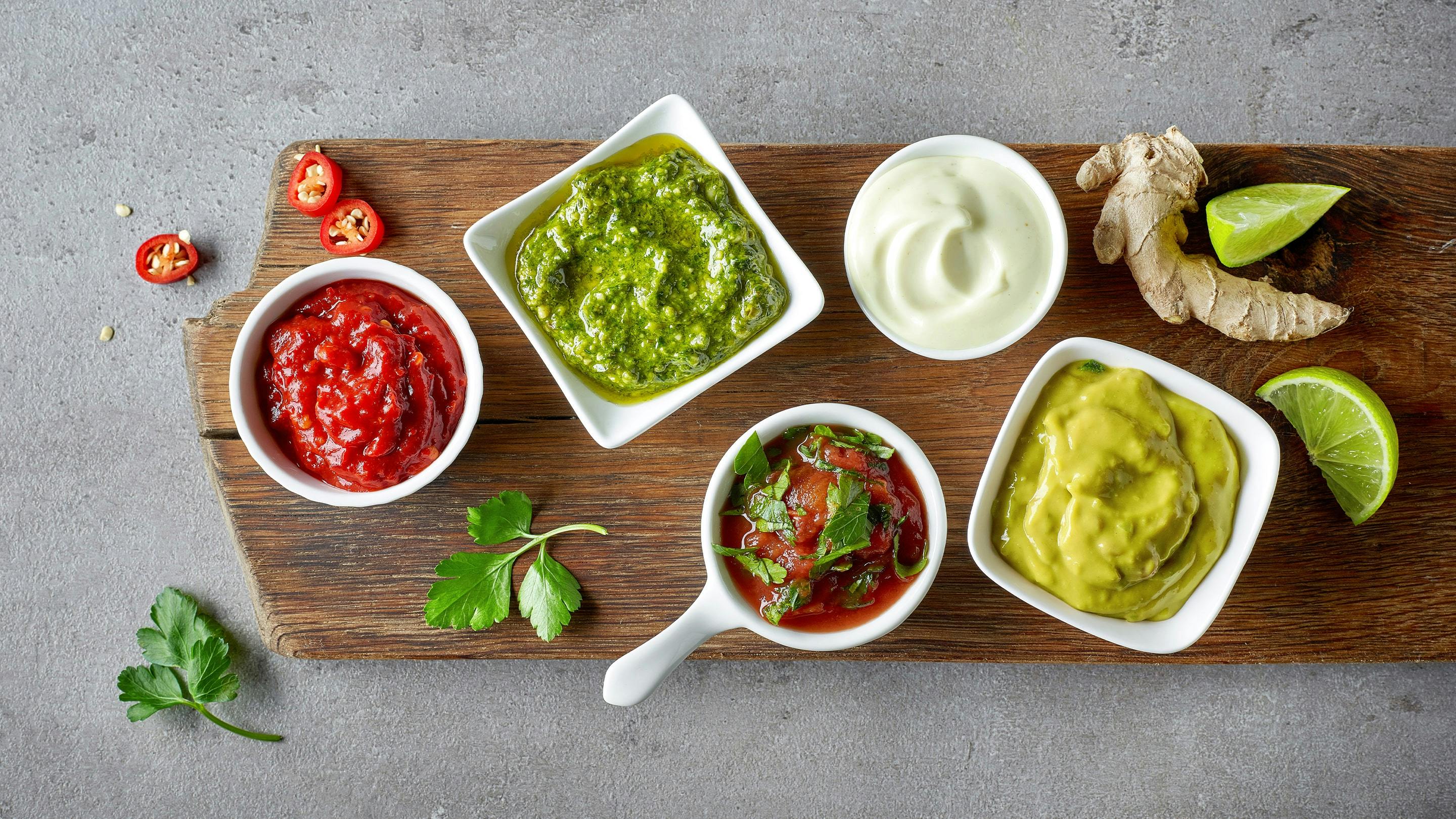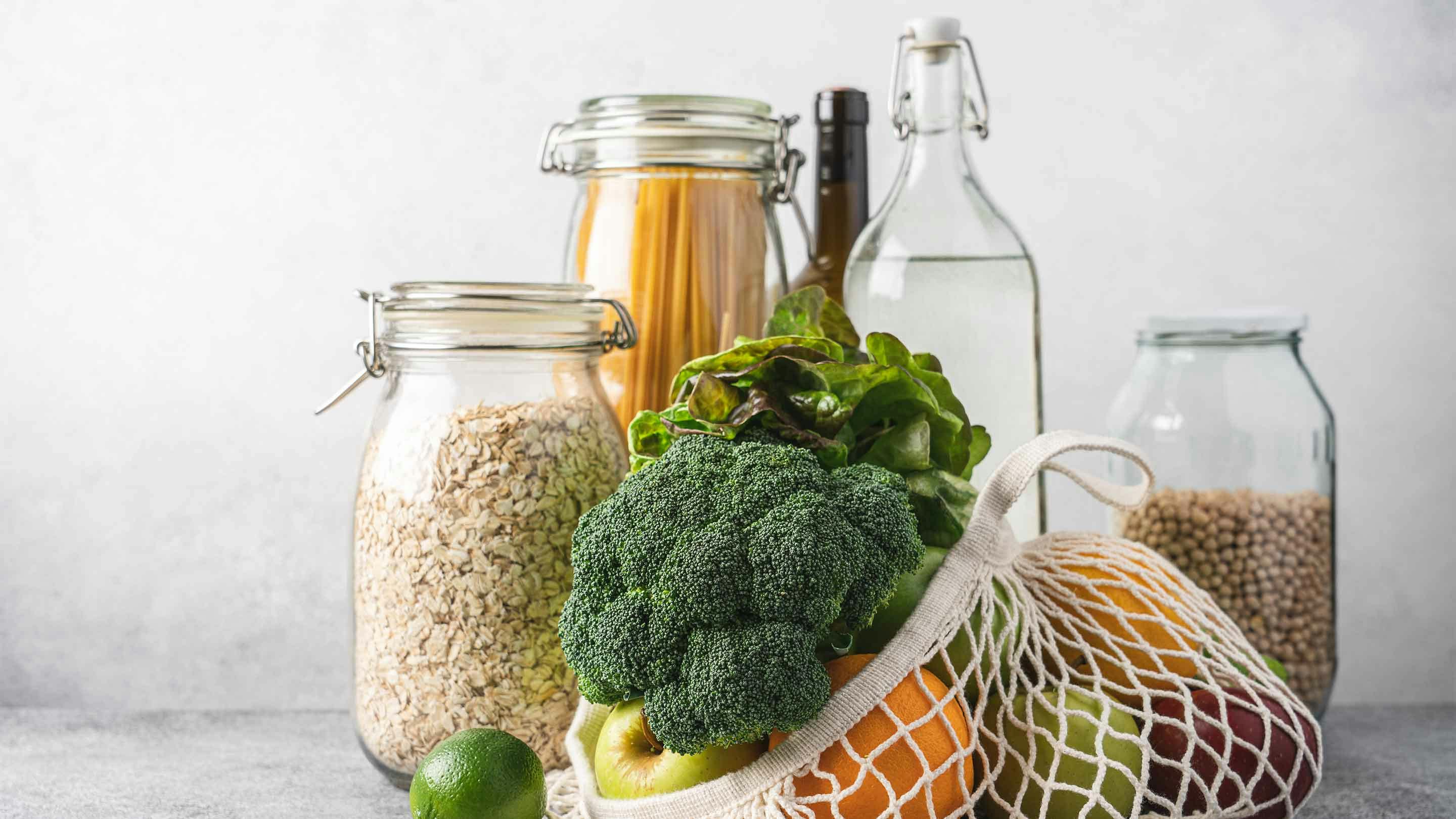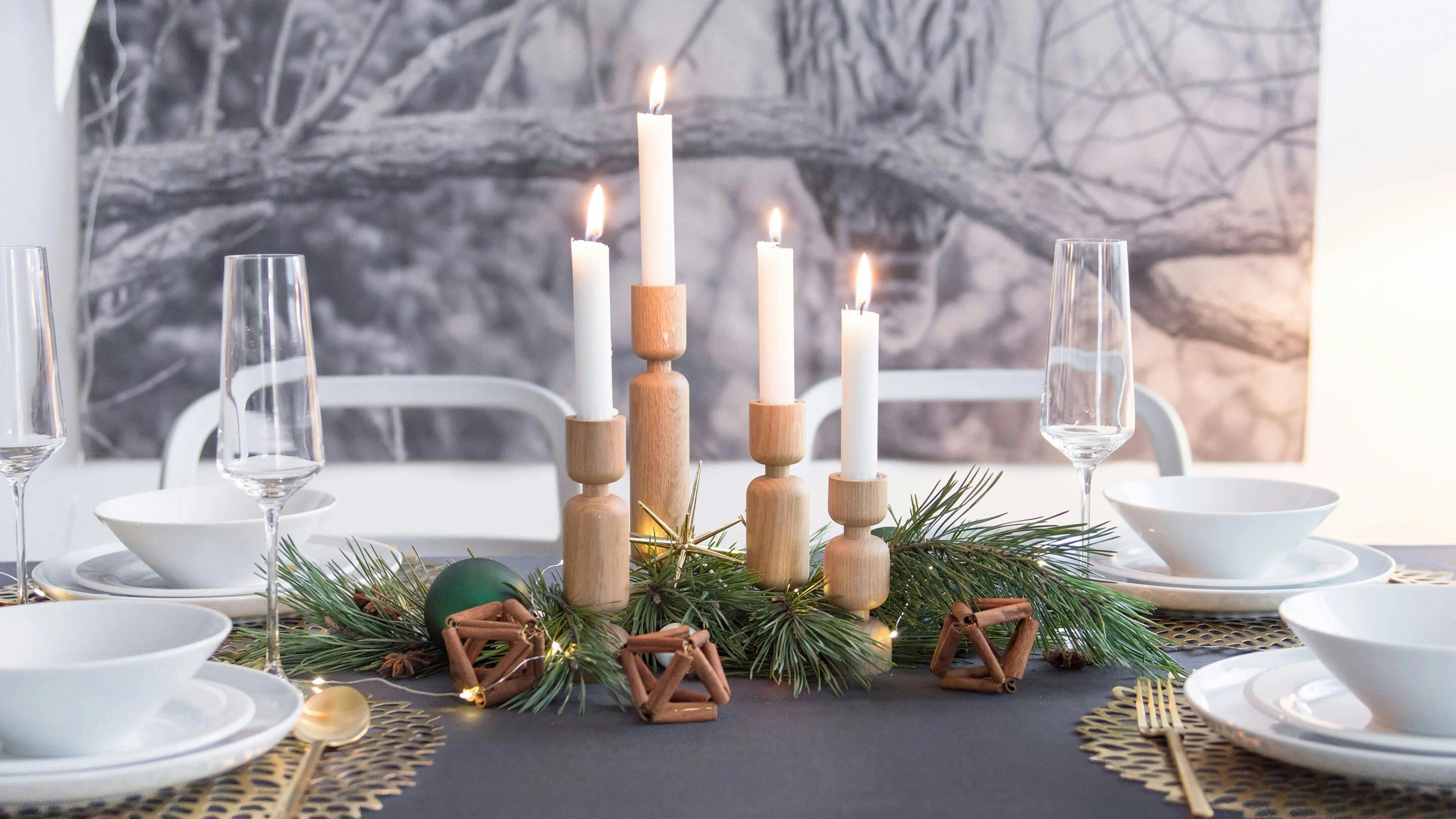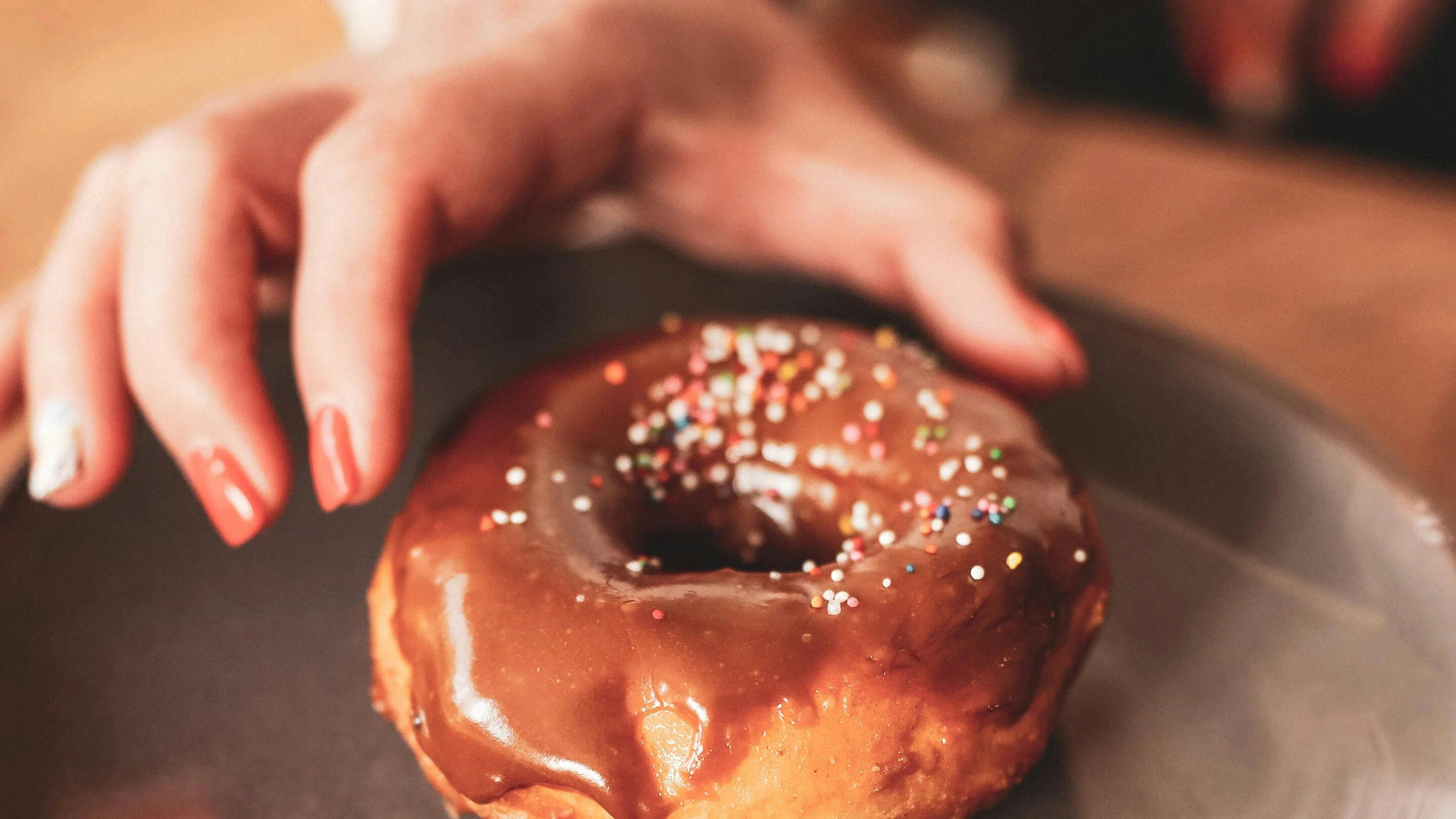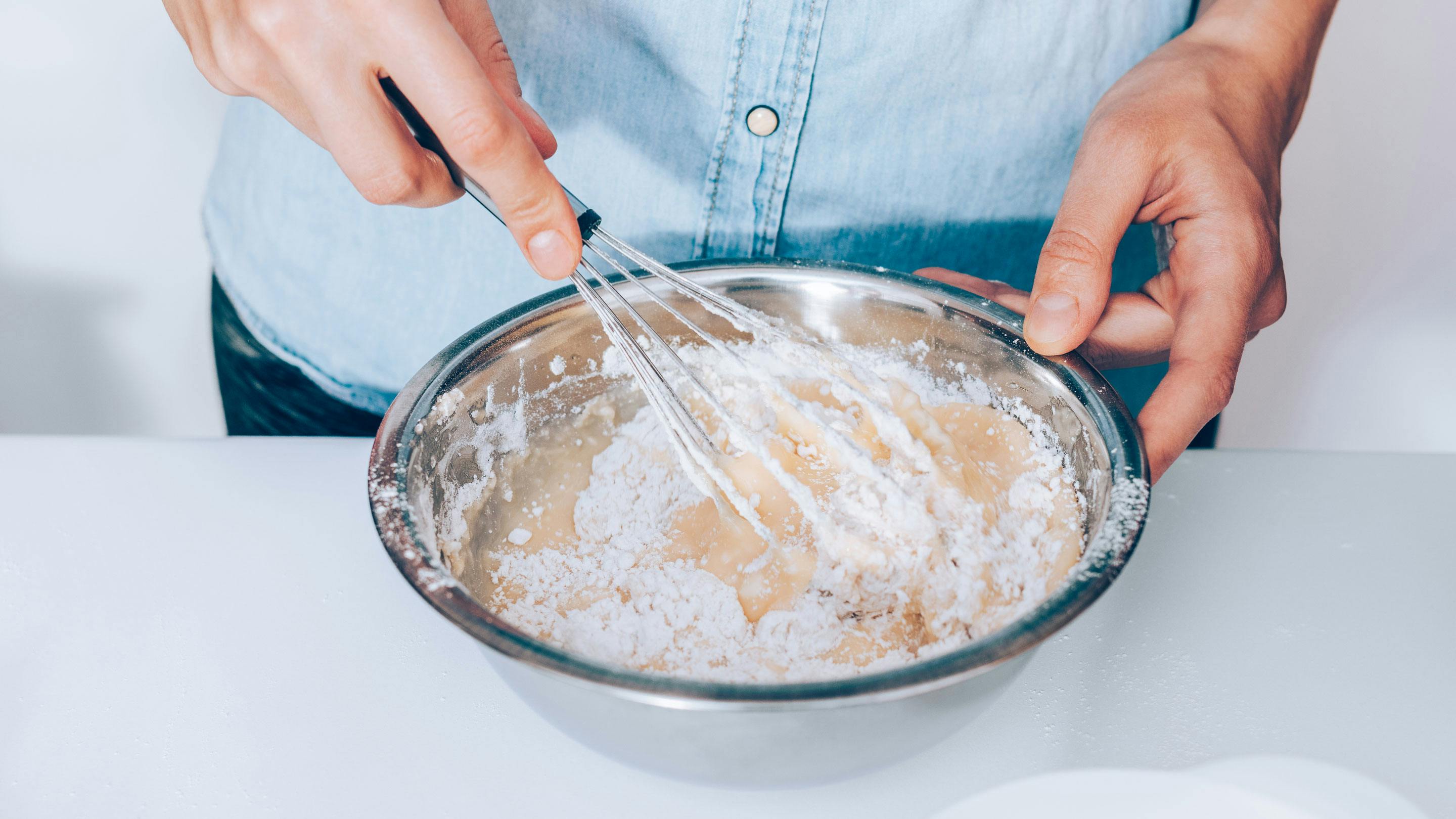The terms knowledge loss, witch burning, or the idea of a flat Earth are closely associated with the Middle Ages. However, it is less known that table manners had already developed during the medieval period, and there were even cookbooks. This post provides insight into the dining culture of the Middle Ages.
Recipes to read
Right away, authentic recipes from the Middle Ages still exist because there were already cookbooks back then. These cookbooks even contained illustrated festive menus. The most famous and oldest recipe collection dates back to 1350 and is known as “Das Buch von guoter Spise” (The Book of Good Food). The recipes at that time went beyond local and seasonal dishes, even including recipes of Arabic origin.
Of course, these expensive dishes were intended for the clergy and royal courts. The common people could not afford the ingredients even remotely. Nevertheless, even among the general population, there were rich and hearty meals on special occasions.
The Middle Age cuisine
Kitchens in the Middle Ages were very simple. Cooking was done over an open fire, since indirect heat in food preparation was only known from the 18th century onwards. The cooking area was usually located in the middle of the living space. Chimneys for smoke removal only appeared from the late 9th century, and the smoke had to dissipate through open doors, windows, or small gaps in the walls. Additionally, the open fire served as a heating source for the rooms. It wasn’t until the 13th century that living spaces and kitchens were separated. In particularly wealthy households, there were even separate buildings for the kitchen.
However, all kitchens had in common that food was cooked in large, freely hanging cauldrons. Cooks in the Middle Ages could regulate the heat by shortening or lengthening the chains to which the cauldrons were attached. Pans and rotating spits were affordable only for very wealthy households.

People's diet
A staple food in the Middle Ages was porridge made from grains and bread. Wild game was reserved as a meat source for the nobility, since only they were allowed to hunt. The general population primarily consumed pork or chicken, prepared by boiling, roasting, or drying. The amount of meat served also depended on the wealth of the household. Cheese was also highly popular and mainly derived from the milk of sheep or goats. Beverages included water and beer, as well as wine and mead.
Exotic fruits, vegetables, and spices from the Crusades eventually made their way to Europe. However, these were so expensive that only very wealthy citizens and the nobility could afford such luxuries.
Table manners
Meals were taken communally, and even in wealthy households, servants ate with the nobility. However, in the Early Middle Ages, women were excluded from feasts and dined in their private chambers, known as “kemenaten”. It was only with the emergence of courtly love culture that women were allowed to participate in communal meals.
Contrary to the belief that there were no table manners in the Middle Ages, this period actually saw the development of the first rules of etiquette. For example, handwashing before meals became a table custom in the 11th century. While people still ate with their fingers until the beginning of the High Middle Ages, long and unkempt fingernails were undesirable even then, and placing elbows on the table was considered inappropriate. The invention of the napkin, however, didn’t occur until the 15th century, so clothing served the purpose of wiping greasy fingers or even blowing one’s nose until then.

The seasoning – not just for the taste
Spices like calamus, angelica, or southernwood, for example, which were used by the general population to season dishes, are less known in our modern kitchen. The use of these local spices depended largely on affordability. Exotic spices like ginger, cinnamon, and nutmeg were very expensive, largely due to the long transportation routes. Saffron, in particular, was highly coveted and pricey, even though it was cultivated in Europe – a pound of saffron could have the equivalent value of a horse.
Culinary-wise, the Middle Ages were not as dark as commonly thought. Were you aware that certain table manners developed during that time? Perhaps you are now intrigued to try cooking something from the cookbook “von guoter Spise.”
Spice up the web! Share this article on...
Read more
Currently Viewing: 1 of


